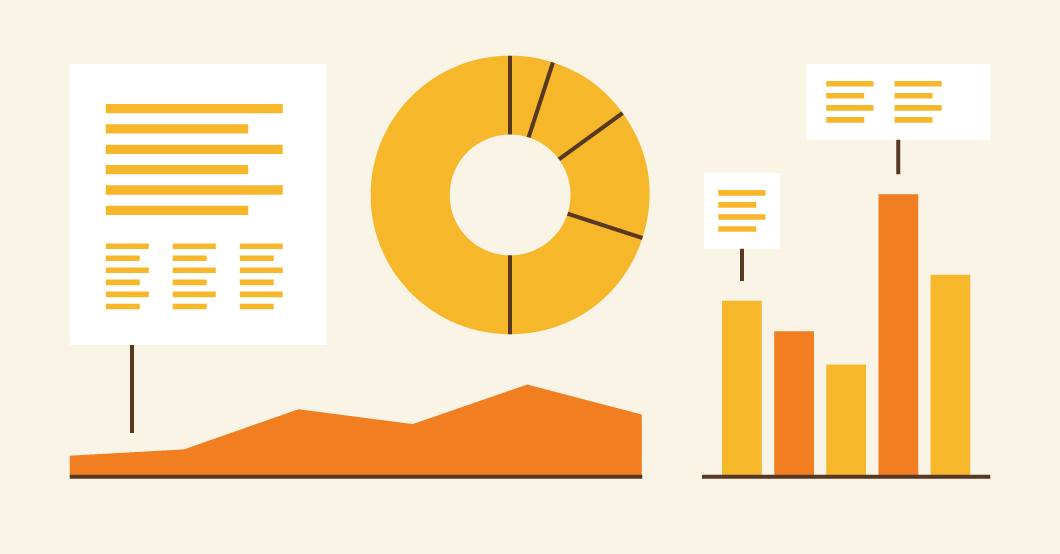The New England states’ frameworks for reducing greenhouse gas emissions and increasing renewable energy continue to evolve

ISO New England’s External Affairs team tracks energy policy initiatives in the states and posts periodic updates on ISO Newswire. Here’s a snapshot of state goals in the region, including some recent developments.
New England states continue to advance policies to reduce greenhouse gas emissions
Since 2001, most New England states have been working to reduce greenhouse gas (GHG) emissions.
State GHG reduction mandates
- Massachusetts passed legislation in 2021 that requires the state to achieve an 85 percent reduction in emissions by 2050 and achieve net zero GHG emissions by 2050 (An Act Creating a Next Generation Roadmap for Massachusetts Climate Policy).
- Vermont passed legislation in 2020 that requires the state to reduce GHG emissions to 26 percent below 2005 levels by 2025, 40 percent below 1990 levels by 2030, and 80 percent below 1990 levels by 2050 (Act Relating to Addressing Climate Change).
- Maine passed legislation in 2019 that requires the state to reduce GHG emissions to 45 percent below 1990 levels by 2030 and 80 percent by 2050 (Act To Promote Clean Energy Jobs and To Establish the Maine Climate Council).
- Connecticut passed legislation in 2018 establishing an interim benchmark for GHG emissions reductions of 45 percent below 2001 levels in 2030. This bill amended a 2008 law that requires the state to reduce its GHG emissions to 80 percent below 2001 levels by 2050 (Act Concerning Connecticut Global Warming Solutions).
- Rhode Island passed legislation in 2014 that requires the state to reduce GHG emissions to 80 percent below 1990 levels by 2050 (Resilient Rhode Island Act in 2014).

New England states set Renewable Portfolio Standards and conduct long-term procurements
State policy requirements are a major regional driver of clean energy deployment. Each New England state requires certain percentages of retail electricity sales to come from renewable energy sources. The chart below is a snapshot of state requirements for electricity providers to supply customers with specified amounts of Class I or new renewable power by 2040.

Notes: State RPS requirements promote the development of renewable energy resources by requiring electricity providers (electric distribution companies and competitive suppliers) to serve a minimum percentage of their retail load using renewable energy. Connecticut’s Class I RPS requirement plateaus at 40 percent in 2030. Maine’s Class I/IA RPS requirement increases to 50 percent in 2030 and remains at that level each year thereafter. Massachusetts’ Class I RPS requirement increases by 2 percent each year between 2020 and 2030, reverting back to 1% each year thereafter, with no stated expiration date. New Hampshire’s percentages include the requirements for both Class I and Class II resources (Class II resources are new solar technologies beginning operation after January 1, 2006). New Hampshire’s Class I and Class II RPS requirements plateau at 15.7% in 2025. Rhode Island’s requirement for ‘new’ renewable energy plateaus at 36.5 percent in 2035. Vermont’s ‘total renewable energy’ requirement plateaus at 75% in 2032 and recognizes all forms of new and existing renewable energy.
In 2015, several New England states began issuing requests for proposals (RFPs) to procure renewable and other clean energy resources to also help achieve their emissions reductions (and other policy) goals. Through these procurement efforts, which range from 20 MW to 2,000 MW, the states seek long-term contracts for the development (or retention) of more than 8,000 MW of clean energy resources.
New England states release report related to their energy vision
The New England states, through the New England States Committee on Electricity (NESCOE), submitted a report to their respective governors in June 2021 with findings and recommendations for action steps to advance a clean energy future for the region. The report follows a 2020 statement, also released through NESCOE, outlining the states’ vision for a clean, affordable, and reliable 21st century regional electric grid. The Vision Statement covered three main areas: market design, transmission planning, and ISO governance. As part of the effort, the states hosted a series of online technical forums throughout 2021 to discuss the three focus areas.
On September 23, 2021, the ISO New England Board of Directors presented to NESCOE its response to the states’ Vision Statement and Advancing the Vision Report. The response outlines how the Board of Directors has directed management to prioritize transmission planning studies and market pathways analysis in support of the states’ clean energy vision. The board is also pursuing targeted governance and communications enhancements, consistent with its independence and oversight role and with the need to focus on transmission and market priorities.
Information on the states’ vision statement is available on the New England Energy Vision website.
- Categories
- Industry News & Developments
- Tags
- new england states, renewable resources



